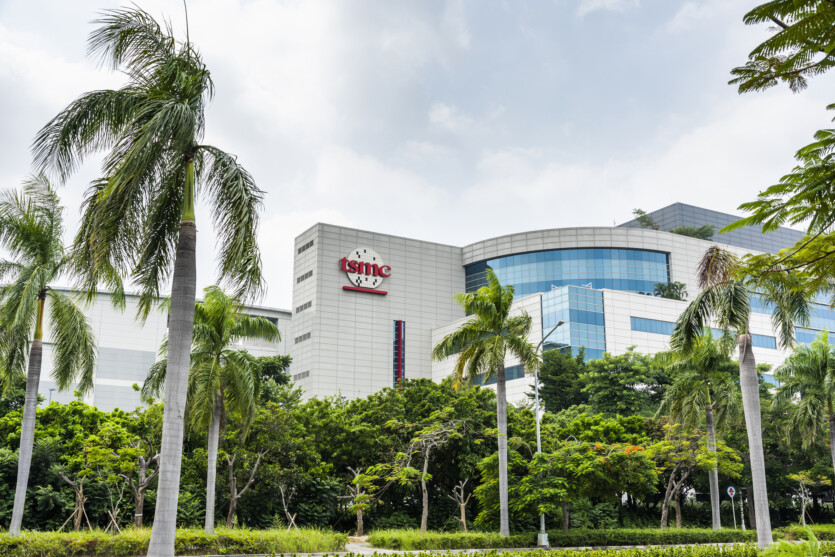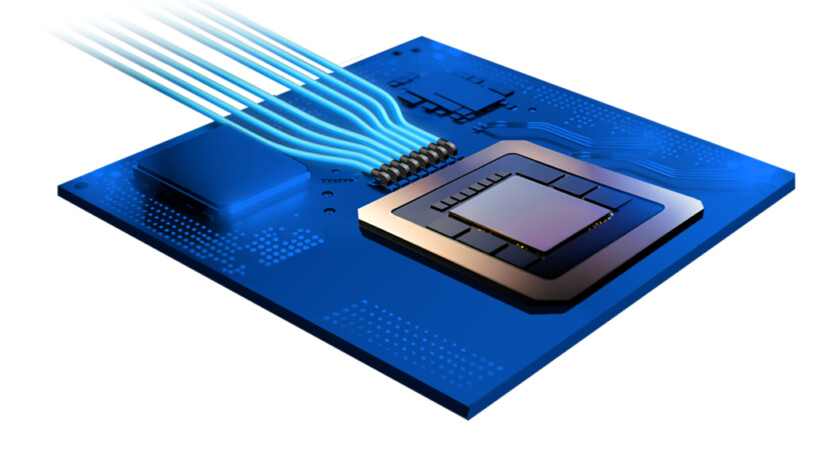
Leading chip manufacturer and semiconductors TSMC teams up with California-based startup Avicena to optimize photodetector arrays in interconnects MicroLED-based LightBundle for data centers.
This technology involves replacing electrical connections with optical ones. Increasingly complex AI models are driving unprecedented growth in demand for computing and memory performance, requiring higher-density, lower-power, longer-range interconnects for both processor-to-processor (P2P) and processor-to-memory (P2M) communications. In either case, the copper wires connecting the CPU and memory in AI data centers will have to be replaced with optical wires.
Avicena’s LightBundle interconnect based on micro-LEDs delivers data rates of more than 10 Tbps/mm and allows do connections between chips at distances of up to 10 meters with record low power consumption It uses microLED arrays for data transmission and silicon photodetectors for reception, providing energy efficiency of less than 1 pJ/bit.

The most well-known optical chip designs encode electronic bits at multiple wavelengths of light using lasers and modulators. However, the use of lasers in optical interconnects is challenging. A single fiber with dozens of GPU and switch connections at multiple wavelengths faces computational costs. It’s easier to route each data lane on a separate physical channel than to try to optimize one large channel over time.
Instead of using a multi-wavelength laser that is sent through fiber and then split into separate channels, the LightBundle connection links hundreds of blue micro-LEDs to an array of photodetectors — one for each data line at a data rate of 10 GB/s. The optical link can extend up to 10 meters, providing a total 3Tbps bandwidth.
This will enable AI scaling networks to support large clusters graphics processors in multiple racks, eliminating the reach limitations of current copper interconnects and dramatically reducing power consumption. The LightBundle optical transceivers use silicon PD arrays optimized for the wavelengths of visible light transmitted by micro-LEDs.
The LightBundle chiplet transceivers are well suited for a variety of packaging architectures, including common-package optics (CPO), on-board optics (OBO), and interchangeable optical modules. Both LED and PD arrays are bonded directly to the surface of CMOS chips for various process nodes.
TSMC may pay $1 billion to the US for inadvertent supply of Huawei chips
Source: Spectrum

Spelling error report
The following text will be sent to our editors: